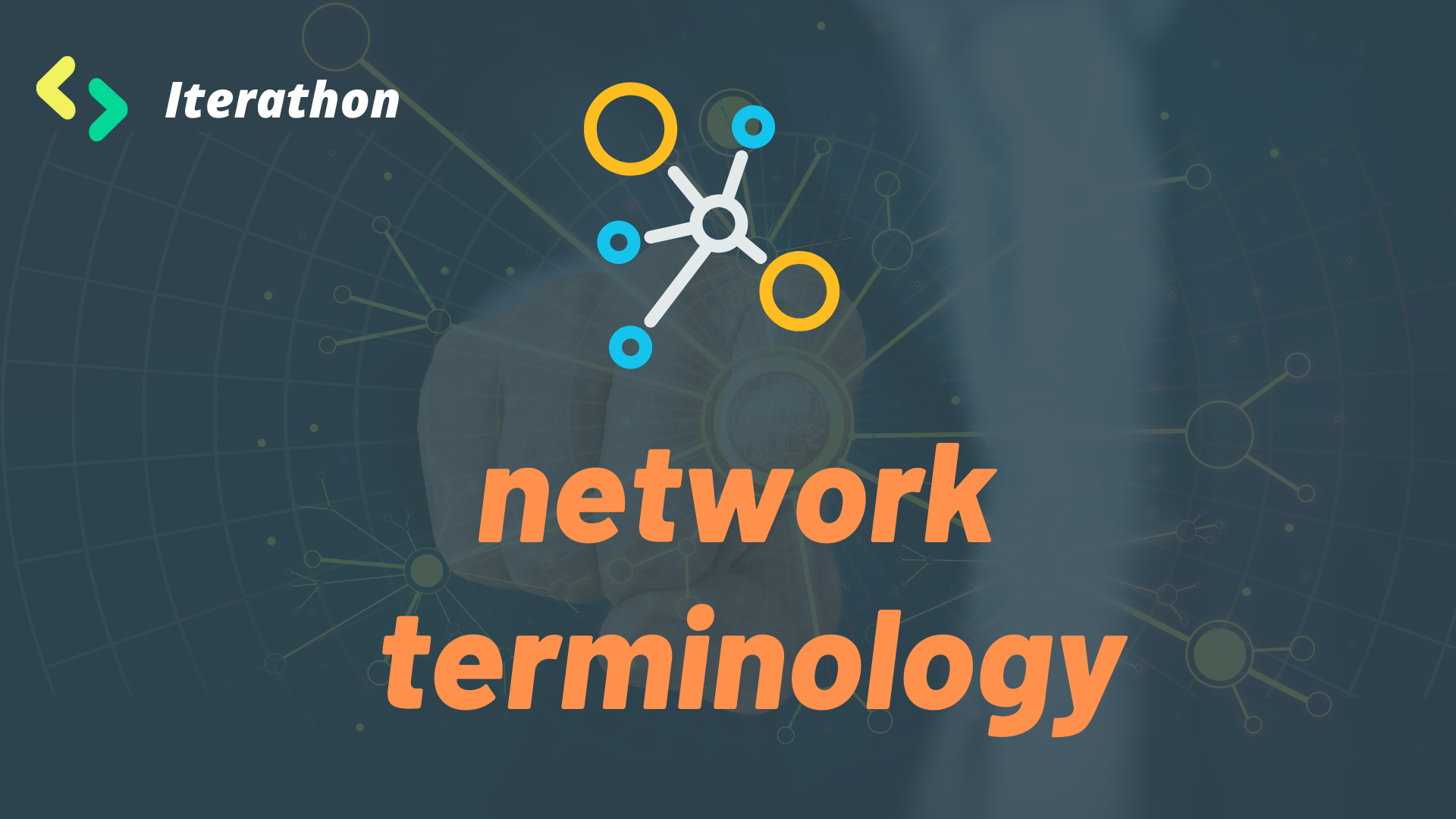What are the terminologies used in networking?
In this world of networking, we will learn some basic terminologies of networks such as LAN, WAN, IP address, TCP, UDP, client-server model, and more.
What is Networking
A Network Operator is a provider of wired and wireless communications services that owns or controls the infrastructure necessary for exchanging the services to the device. There are 3 major types of Networking
- Local Area Network (LAN)
- Wide Area Network (WAN)

Local Area Network (LAN)
A local area network (LAN) is a collection of devices connected together in one physical location, such as a building, office, or home. A LAN can be small or large, ranging from a home network with one user to an enterprise network with thousands of users and devices in an office or school.
Wide Area Network (WAN)
A wide-area network (WAN) is a collection of local-area networks (LANs) or other networks that communicate with one another. It is essentially a network of networks, with the Internet the world’s largest WAN.
Client and Server
- Server – Servers are computers that hold shared programs, files, and the network system.
- Client – Clients are computer devices that access and use the network and share network resources.
Terminologies
In networking, There are some important terminologies that we hear often,
- IP Address
- TCP
- UDP
- Port
- Client and Server Model
IP Address
IP stands for “Internet Protocol”. An IP address is an identifier that allows information to be sent between devices on a network that contains location information and makes devices accessible for communication.
TCP
Transmission Control Protocol is one of the most used protocols in digital network communications and is part of the Internet protocol suite, commonly known as the TCP/IP suite.
UDP
User Datagram Protocol is an alternative communicating system to the Transmission Control Protocol (TCP). UDP is mainly used in those internet-based applications that do not require reliable data stream service.
Port
A port is an endpoint of communication in an operating system. A port is always associated with an IP address of a host and the protocol type of the communication. Port number can be identified by a 16-bit number.
Client-Server Model
Client/Server network is a network model designed for the end-users called clients, to access the resources/information from a central computer known as Server. The central controller is known as a server while all other computers in the network are called clients.
Related Blogs
Skills to become Machine Learning Engineer: https://cybrblog.tech/skills-to-become-machine-learning-engineer/
Explain about Variable Scope in Python: https://iterathon.tech//explain-about-variable-scope-in-python/
return statement in python example: https://iterathon.tech//return-statement-in-python-example/
Learn Something New ❣







